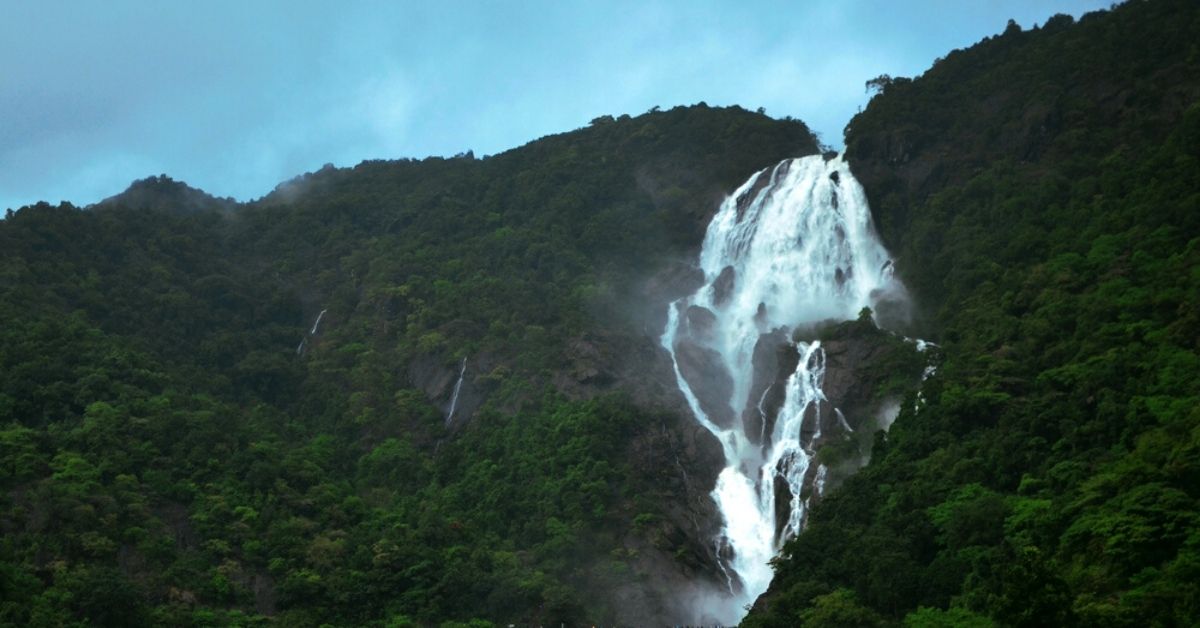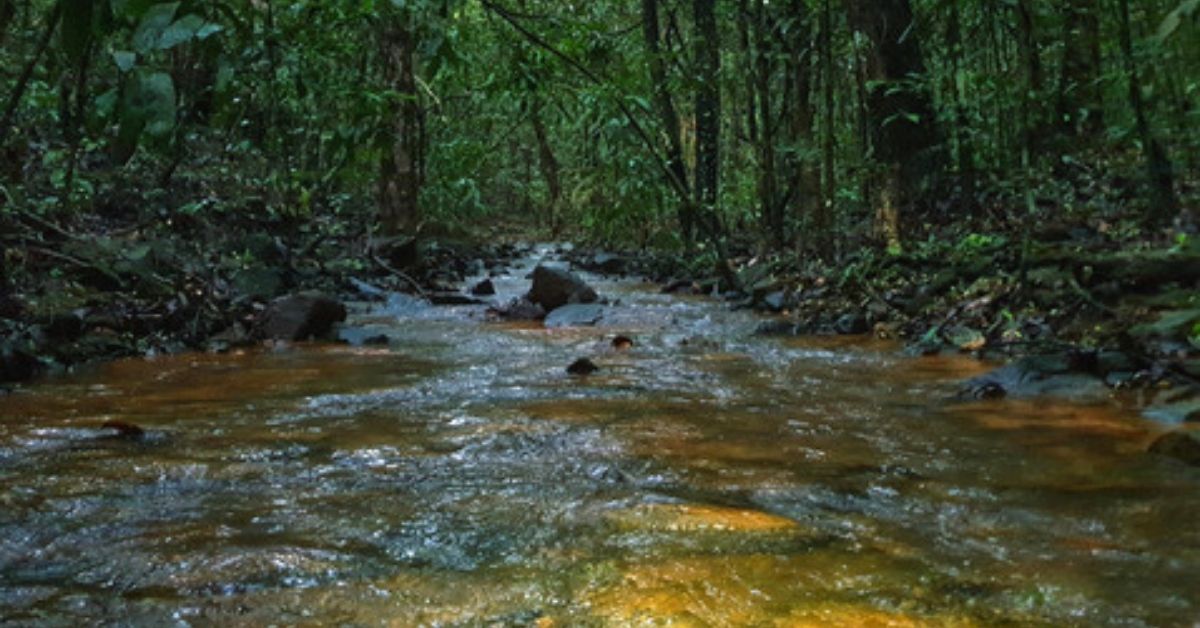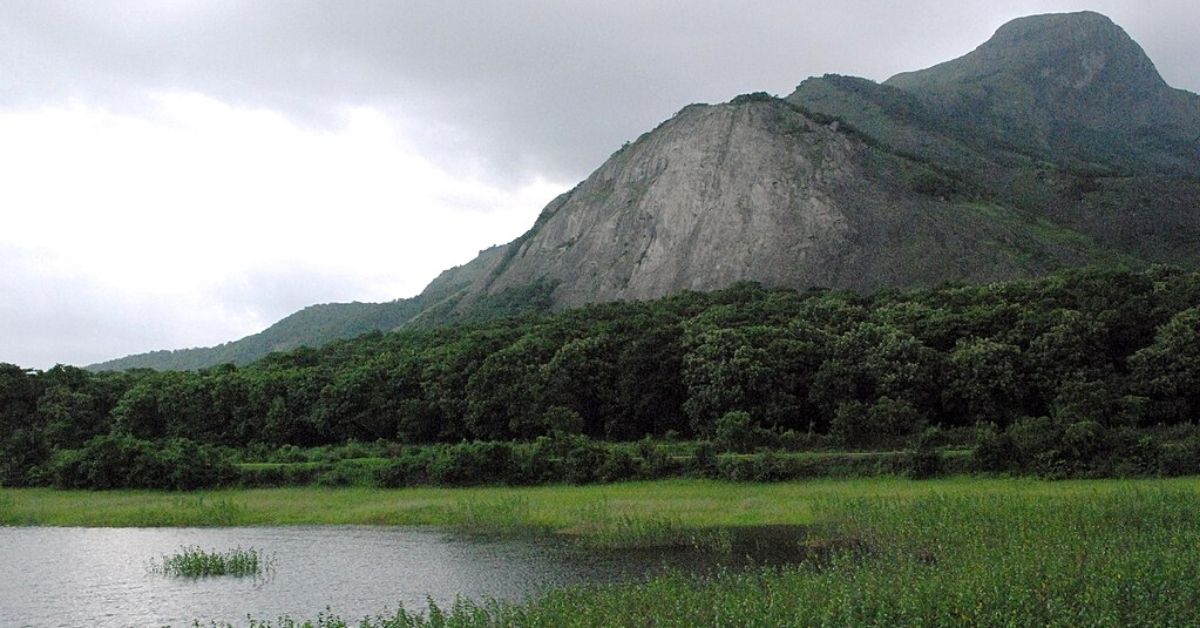Fight For Mollem: Experts On How This Decision Can Threaten Goa’s Water Security
Experts say the huge infrastructure projects can affect the water flow in Khandepar rivers that supplies drinking water to 50 per cent of Goa population

Goa, a scenic haven, synonymous with beaches and lush green spaces, has recently been making headlines for all the wrong reasons. A part of the Western Ghats, a biodiversity-rich hotspot, which runs parallel to the state, is under threat to lose its environmental balance due to proposed development works by the government.
The government has proposed to carve these ecologically sensitive areas by double-tracking of railway lines, widening of national highway NH-4A to four-lanes and laying a 400kv transmission line. The project will affect thousands of hectares of forest land and will result in felling of about 60,000 trees. Conservationists estimate the resultant damage to be loss of habitats for wildlife and extinction of some endemic species.
However, another looming threat caused by these sanctioned infrastructure projects lies in the water security of the region and peninsular India.
“The massive projects will take place in the heart of Bhagwan Wildlife Sanctuary and Mollem National Park, which are catchment areas of rainwater and recharge zones for groundwater,” says Sachin Tendulkar, a member of Goa River Conservation Network.
An impending threat to Goa groundwater

Sachin admits that rainwater needs a canopy to fall over which is provided by trees. “The rainwater then slowly slips down to the ground to be absorbed by the decaying materials and soil,” he adds.
With the trees removed from the area, the rainwater will directly hit the ground causing heavy run-offs, soil erosion and not allowing water to percolate into the ground. Sachin explains, “The trees replaced by concrete and asphalt will cause river floods and flowing of water through concrete gutters instead of seeping into the ground.”
Moreover, there are small ecosystems of flora and fauna that prevent freshwater conversion into saline water. “It will affect the health of water bodies too,” he adds.
Experts say the cumulative effect of the geographical altercations will be visible in Khandepar river linked to the famous Dudhsagar waterfalls. The river is crucial as it satisfies 50 per cent of drinking water needs of the population. Parag Rangnekar, a naturalist and member of Goa State Biodiversity Board (GSBB), says, “The forest and water are closely connected. The water supply will be affected, which will also impact the Opa water purification plant, increasing its cost.”
Impact on Indian monsoon

Parag points out that there is no scientific study to show the extent of damage to the environment due to these projects. “There is no data on how much the environmental damage will take place; how many rivers, rivulets, streams and other water bodies will be lost or get affected in the long run,” he tells The Better India.
Mysuru-based geologist Ananya Vasudev adds that bursting of rocks to create such projects are known to block the internal water streams and water flow. He explains, “The streams are crucial in supplying water to the rivers from the rainwater percolated in the mountains. With no geological assessment for the area, the effects are still visible in the Yettinhole project, which has proven damaging to the ecology leading to landslides,” he says.
Gurudas Nulkar, a Pune-based environmentalist, says that forests act as microclimate controllers of the ecosystem. “The dense forest areas help the clouds condense and receive rains in the region. Deforestation on such a large scale could affect the monsoons and amount of rainfall entering the Indian coasts.”.
Gurudas says the co-linear projects slicing the Sahyadris in the middle would change the contours and disturb water flow in the terrain.
The experts add that a much stronger, and in-depth study of environmental impact assessment and overall impact on the ecology, geology, agriculture, and human population is needed. “Having a holistic approach towards the environmental impact will only help realise the actual losses and feasibility of these projects,” says Parag.
If you found our stories insightful, informative, or even just enjoyable, we invite you to consider making a voluntary payment to support the work we do at The Better India. Your contribution helps us continue producing quality content that educates, inspires, and drives positive change.
Choose one of the payment options below for your contribution-
By paying for the stories you value, you directly contribute to sustaining our efforts focused on making a difference in the world. Together, let’s ensure that impactful stories continue to be told and shared, enriching lives and communities alike.
Thank you for your support. Here are some frequently asked questions you might find helpful to know why you are contributing?


This story made me
-
97
-
121
-
89
-
167













